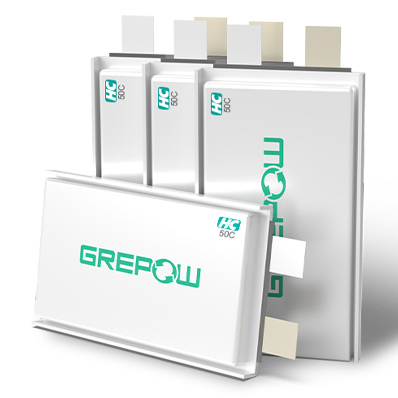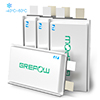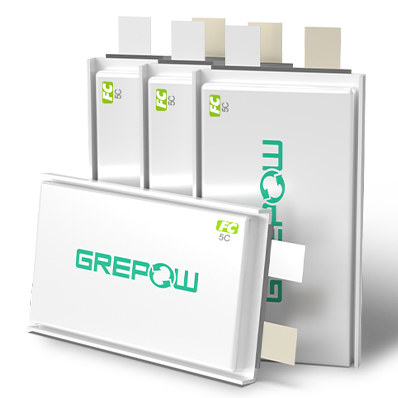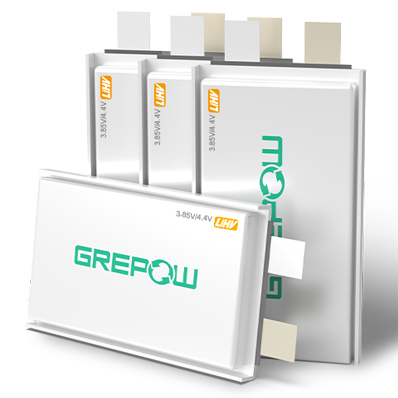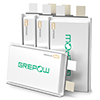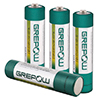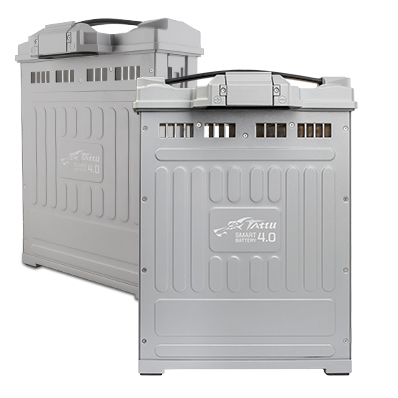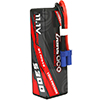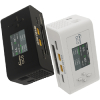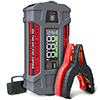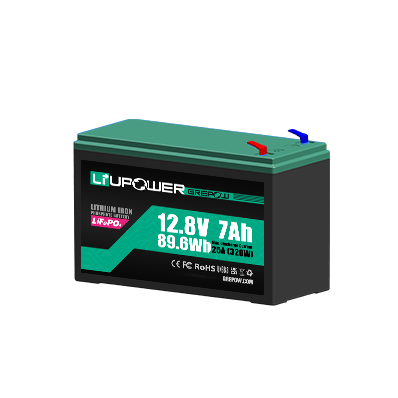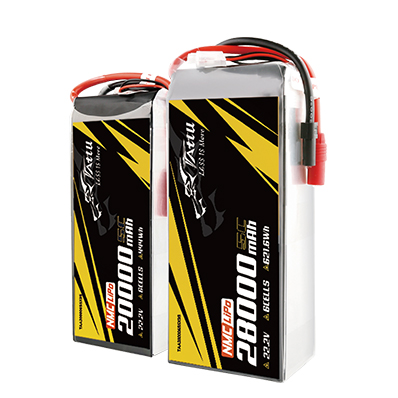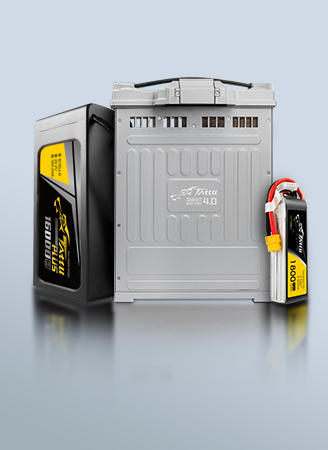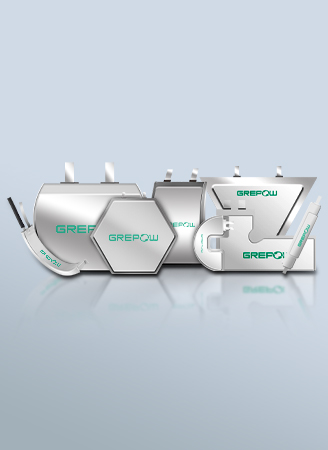What is a Solid-State Drone Battery?
The relentless advancement of drone technology constantly pushes the boundaries of what's possible—longer flights, heavier payloads, operation in harsher environments, and enhanced safety. At the heart of this evolution lies a critical component: the battery. While lithium-ion (Li-ion) and lithium polymer (LiPo) batteries have been the workhorses for years, a new contender promises a paradigm shift: the solid-state drone battery.
A solid state drone battery is an advanced type of rechargeable battery designed for drones, in which the traditional liquid electrolyte is replaced with a solid electrolyte, often made of ceramic, glass, or polymer materials. This structural shift enables higher energy density, enhanced thermal stability, and dramatically reduced risk of leakage or fire compared to liquid-based designs. This article explains what solid-state drone batteries are, why they matter, how they compare to lithium-ion batteries, and what opportunities and challenges lie ahead.
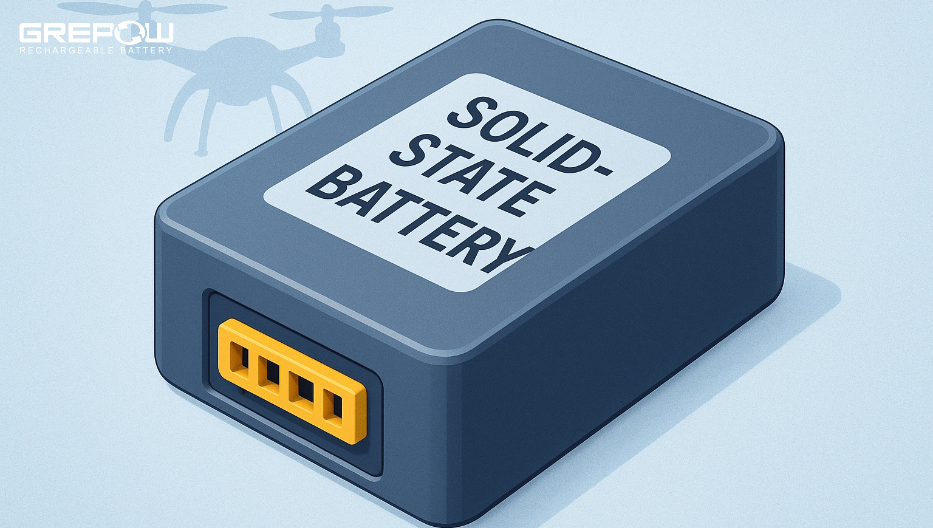
What is a Drone Battery?
A drone battery is the primary power source that drives a drone’s propulsion system, onboard electronics, and communication modules. Before diving into solid-state technology, it's helpful to understand what currently powers most drones. Modern drones overwhelmingly rely on rechargeable lithium-based batteries, primarily Lithium Polymer (LiPo) or Lithium-Ion (Li-ion) types. These batteries offer a good balance of energy density (stored energy per weight), power density (delivery rate), and relatively manageable cost. However, they come with inherent limitations related to safety, longevity, charging speed, and performance in extreme temperatures—limitations that become increasingly critical as drones take on more demanding roles.
What Is a Solid State Drone Battery?
A solid-state drone battery is an advanced energy storage device that adapts solid-state battery (SSB) technology specifically for UAV applications. A solid-state drone battery represents a fundamental leap in battery chemistry and construction. The core differentiator lies in the electrolyte – the medium that allows lithium ions to flow between the anode (negative electrode) and cathode (positive electrode) during charging and discharging. Unlike traditional batteries, SSBs use a solid electrolyte—such as ceramic, glass, or polymer—instead of a liquid or gel one, to facilitate ion movement between the anode and cathode. This seemingly simple change has profound implications: improved safety, higher energy density, faster charging, and longer lifespan—all of which are critical for drone applications.
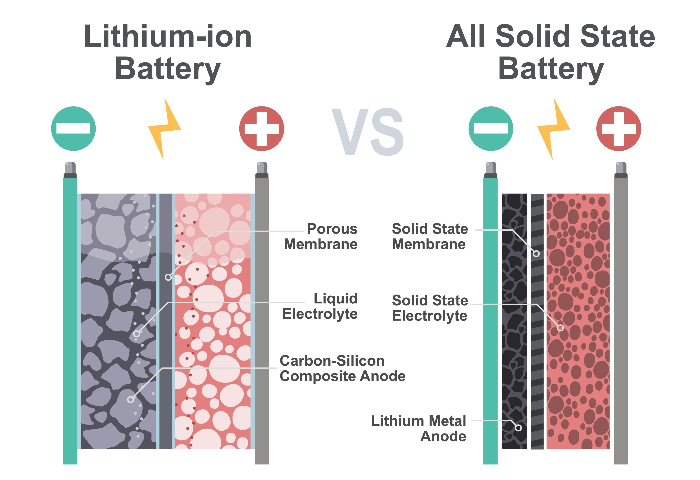
Why Do We Need Solid-State Drone Batteries?
The drone industry is expanding rapidly across agriculture, logistics, defense, inspection, and entertainment, with missions requiring longer flight times, heavier payloads, and higher safety standards. The push for solid-state batteries stems directly from the limitations of current LiPo technology, which creates significant bottlenecks for the drone industry:
●Limited Flight Time: The energy density of LiPo batteries restricts most drones to flights of 20-40 minutes. This is a major constraint for commercial applications like delivery or large-area surveying.
●Safety Risks: The liquid electrolyte in LiPo batteries is flammable. If a battery is punctured, overcharged, or overheated, it can lead to a dangerous event called "thermal runaway," resulting in a fire or explosion.
●Lifespan and Degradation: Li-ion batteries degrade over time due to side reactions with the liquid electrolyte and structural changes, leading to reduced capacity and flight time after relatively few cycles.
●Temperature Sensitivity: Performance plummets in cold weather, and high temperatures accelerate degradation and increase safety risks.
●Slow Charging: Recharging a drone's LiPo batteries can take an hour or more, leading to significant downtime and requiring multiple expensive battery packs for continuous operation.
Solid State Drone Battery vs Lithium-Ion Drone Battery: What’s the Difference?
Solid-state and lithium-ion batteries share a lithium-based chemistry but differ fundamentally in design and performance. The key distinction is the electrolyte: solid-state uses a non-flammable solid material, while lithium-ion relies on a liquid or gel that conducts ions.
| Feature | Solid State Battery | Lithium-Ion Battery |
| Electrolyte | Solid (Ceramic, Glass, Sulfide, Polymer Composite) | Liquid or Gel Polymer (Flammable Organic Solvents) |
| Energy Density | 300–450Wh/kg (potential up to 400Wh/kg+) | up to 250Wh/kg |
| Safety | Non-flammable, thermal stability | Flammable, risk of thermal runaway |
| Cycle Life | Hundreds to ~1,000 charge cycles | Thousands of cycles, longer lifespan |
| Charge Speed | Fast, less risk of dendrite formation | Fast, but risk of overheating |
| Temperature Range | Wide, stable in extremes | Sensitive to hot/cold |
| Cost & Maturity | Expensive, early-stage | Affordable, mass produced |
| Applications | Endurance, high-safety, harsh environments | General, all-purpose |
What Are the Advantages of a Solid-State Drone Battery?
Replacing the liquid electrolyte with a solid one unlocks several game-changing advantages.
1. Higher Energy Density
Solid-state batteries can store much more energy in the same amount of space or weight. The solid electrolyte allows for the use of a lithium metal anode, which has a much higher energy capacity than the graphite anodes used in Li-ion batteries. For drones, this translates directly to:
Longer Flight Times: Potentially doubling or even tripling the time a drone can stay in the air.
Increased Payload Capacity: A lighter battery with the same power allows a drone to carry heavier sensors, cameras, or packages.
2. Enhanced Safety
This is perhaps the most critical advantage. The solid electrolyte is non-flammable and far more stable than its liquid counterpart. This virtually eliminates the risk of fires from punctures, short circuits, or overheating. This enhanced safety is crucial for operations over populated areas or in critical infrastructure inspections.
3. Longer Lifespan and Durability
The solid structure is more resistant to the chemical and physical degradation that plagues Li-ion batteries. Solid-state batteries can withstand many more charge and discharge cycles before their performance drops, offering a much longer operational life and better return on investment.
4. Faster Charging Speeds
The stable, solid structure can handle higher currents without the risk of forming dendrites (needle-like structures that can cause short circuits) as easily as liquid electrolytes do. This allows for significantly faster charging times, reducing drone downtime from over an hour to potentially just a few minutes.
5. Wider Operating Temperatures
LiPo batteries perform poorly in extreme cold and degrade quickly in high heat. Solid-state batteries are much more robust, functioning efficiently across a wider temperature range, making them more reliable for year-round outdoor operations.
6. Design Flexibility
Solid electrolytes can potentially enable thinner, lighter, or more structurally integrated battery designs, offering drone manufacturers new possibilities for airframe optimization.
7.Environmental Benefits
Reduced use of toxic liquids and longer life decrease e-waste and resource consumption.
Which Drone Applications Will Benefit Most?
While all drones stand to gain, specific applications will see transformative impacts:
●Commercial Delivery (Urban & Long-Range): Enhanced safety is paramount for operations over populated areas. Longer range enables viable delivery routes previously impossible. Faster charging allows higher fleet utilization.
●Emergency Response & Public Safety (Search & Rescue, Firefighting): Extended flight times mean longer search patterns or fire monitoring. Reliability and safety in harsh, high-stress environments are critical. Faster charging gets drones back in the air quicker during crises.
●Industrial Inspection (Power Lines, Wind Turbines, Pipelines, Infrastructure): Longer flights reduce the number of battery swaps needed for large-scale inspections. Better performance in cold (offshore wind) or hot (desert pipelines) environments. Increased safety near critical infrastructure.
●Advanced Aerial Mobility (eVTOL/AAM): While larger than typical drones, the core battery requirements align – safety, energy density, and fast charging are absolutely essential for passenger-carrying eVTOLs. Solid-state is a key enabler for this future.
What Challenges Does the Solid-State Drone Battery Face?
Despite the immense promise, significant hurdles remain before widespread adoption:
●Manufacturing Complexity & Cost: Producing defect-free solid electrolytes (especially ceramics) at scale is challenging and expensive. Current costs are prohibitive for most drone applications. Scaling production while reducing costs is critical.
●Interface Stability: Ensuring stable, low-resistance interfaces between the solid electrolyte and the solid electrodes (anode and cathode) over thousands of cycles is difficult. Degradation at these interfaces can limit performance and lifespan.
●Material Choices & Performance: Different solid electrolyte materials (oxides, sulfides, polymers) offer different trade-offs in ionic conductivity, stability, mechanical properties, and manufacturability. Optimizing these for drone-specific needs (power delivery, weight) is ongoing.
●Charging Speed: Interfacial resistance in early solid-state designs leads to slower recharge times.
●Integration & Form Factor: Adapting solid-state cells into the specific shapes, sizes, and thermal management systems required by diverse drone platforms needs engineering effort.
●Supply Chain Development: A new supply chain for novel materials and manufacturing processes needs to be established and scaled.
Conclusion
Solid-state drone batteries represent not just an incremental improvement, but a potential revolution in drone power. As research and industrial investment continue, we can expect these cells to unlock longer missions, heavier lifts, and safer operations across every sector that relies on drones—from environmental monitoring to emergency response. As a leading global manufacturer of drone batteries, Grepow has been dedicated to the research and development of higher-performance solid-state drone batteries. We are now capable of mass-producing semi-solid state batteries with an energy density of up to 350 Wh/kg, which significantly extends drone flight times and increases effective payload capacity. If you have any questions or needs, please feel free to contact us at info@grepow.com.
Related Articles
-
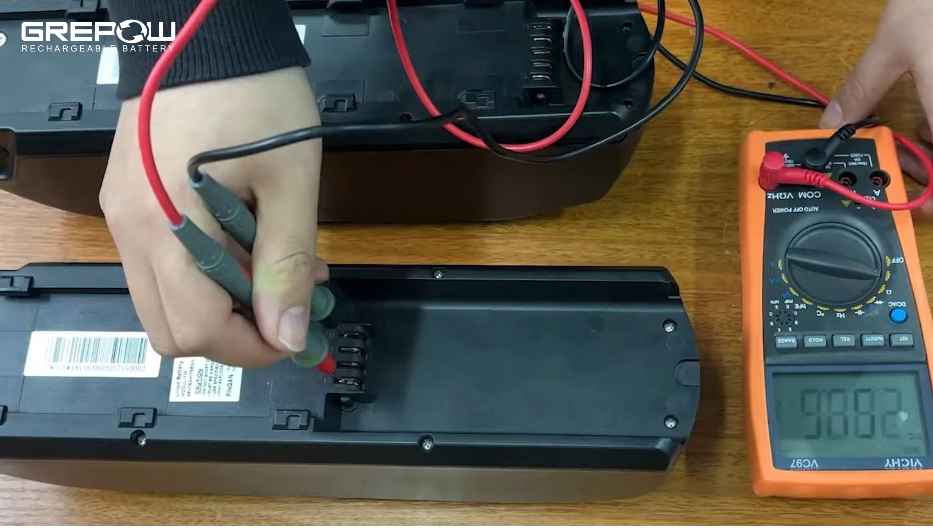
Comprehensive Drone Battery Troubleshooting Guide
2025-08-14 -
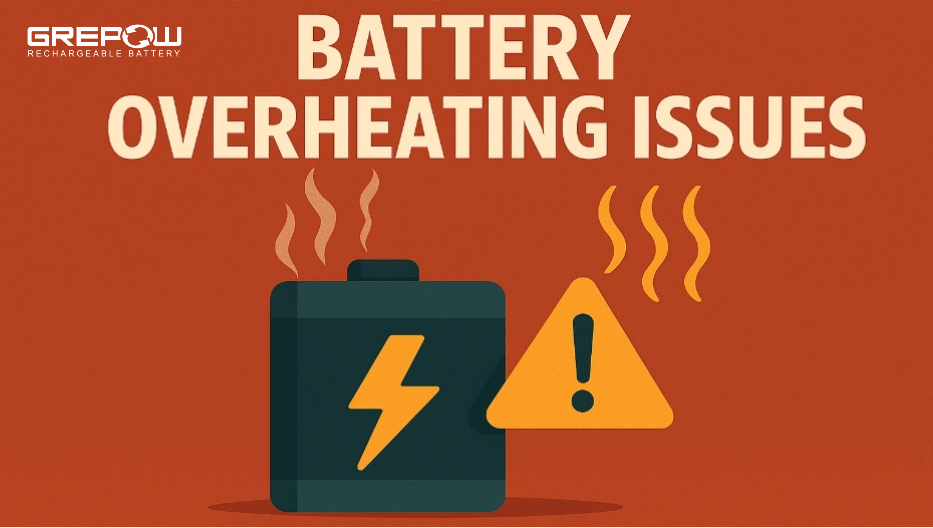
How to Handle Battery Overheating Issues?
2025-08-12 -
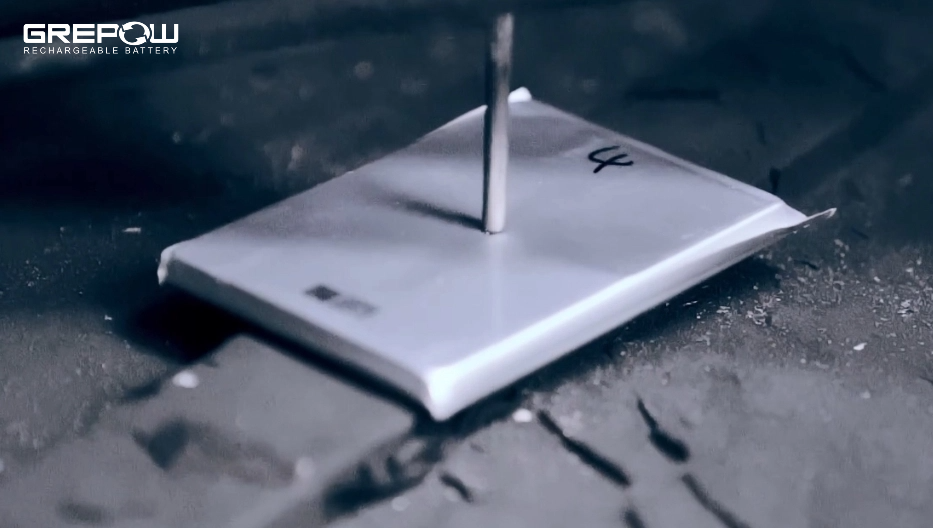
An In-Depth Look at the LiPo Battery Testing Process
2025-08-07
Related products
-

Tattu Neo Series Smart Batteries For Industrial Drones
-
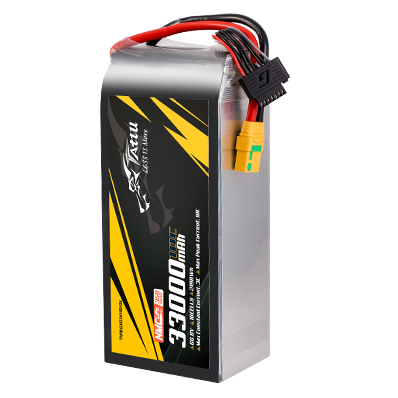
350Wh/kg Series Semi-Solid State High Energy Density Battery Pack
-
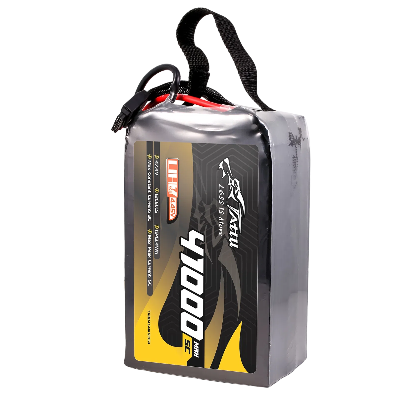
4.45V Ultra High Voltage Series Semi-Solid State Battery


